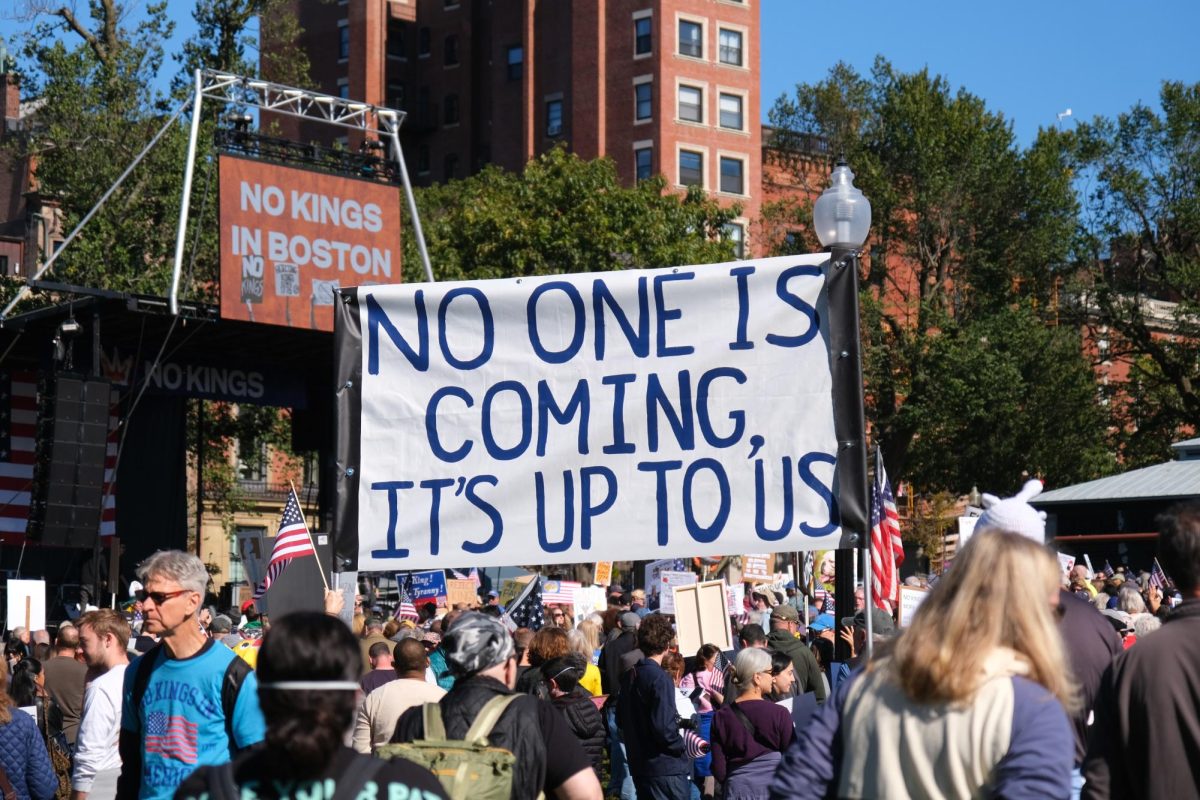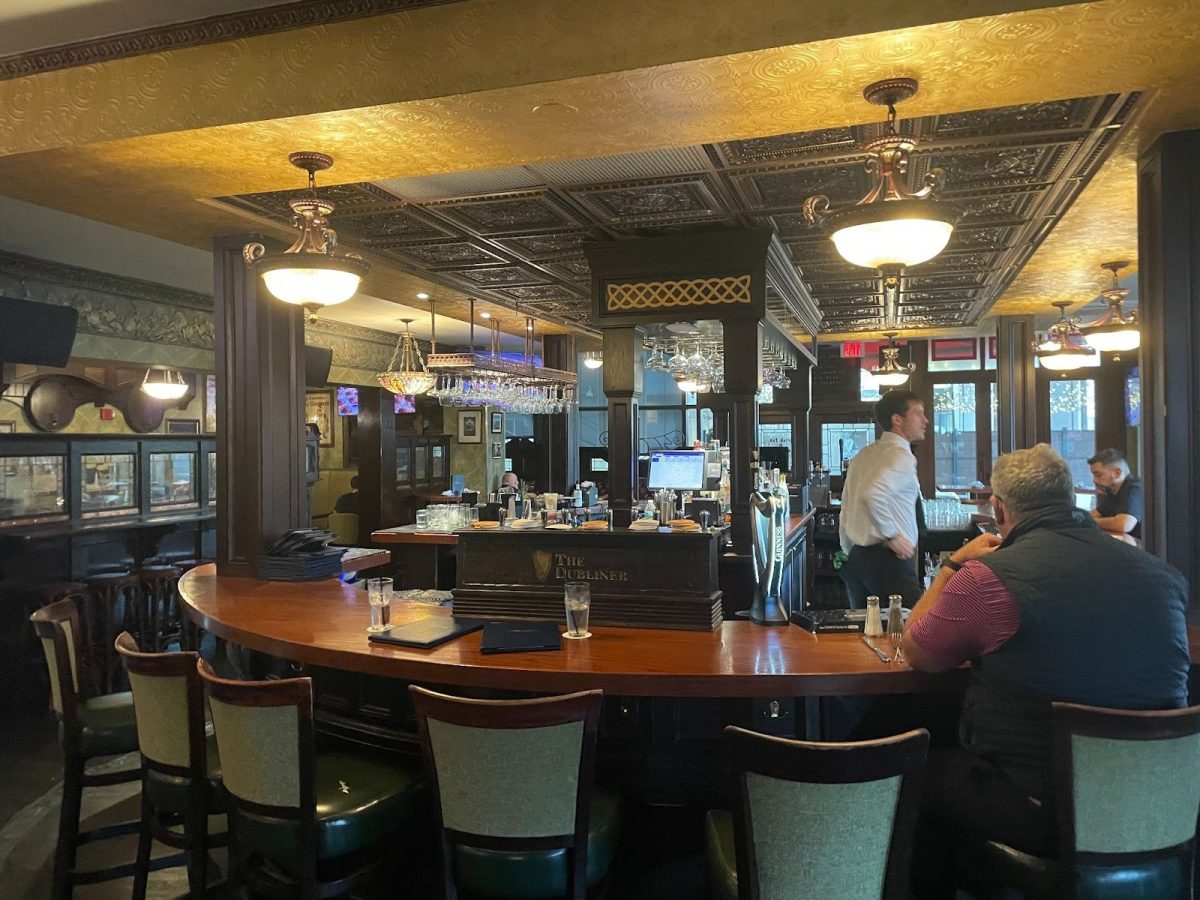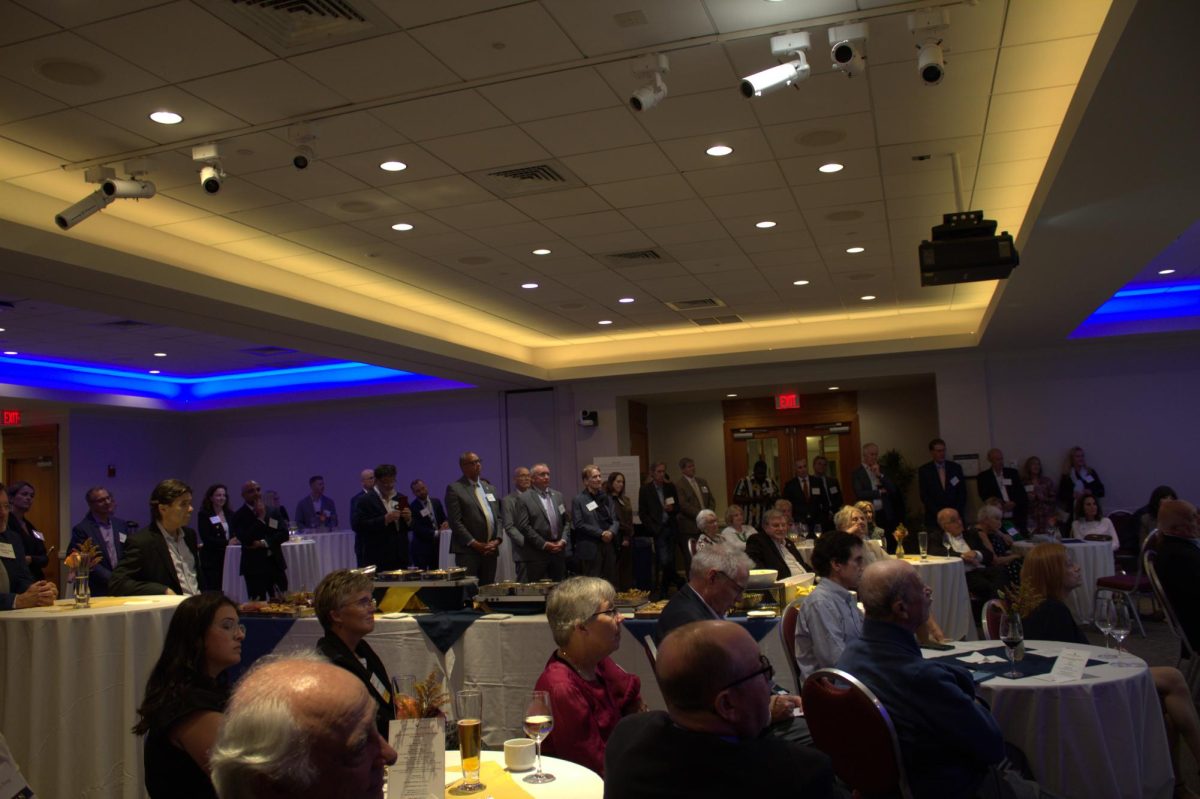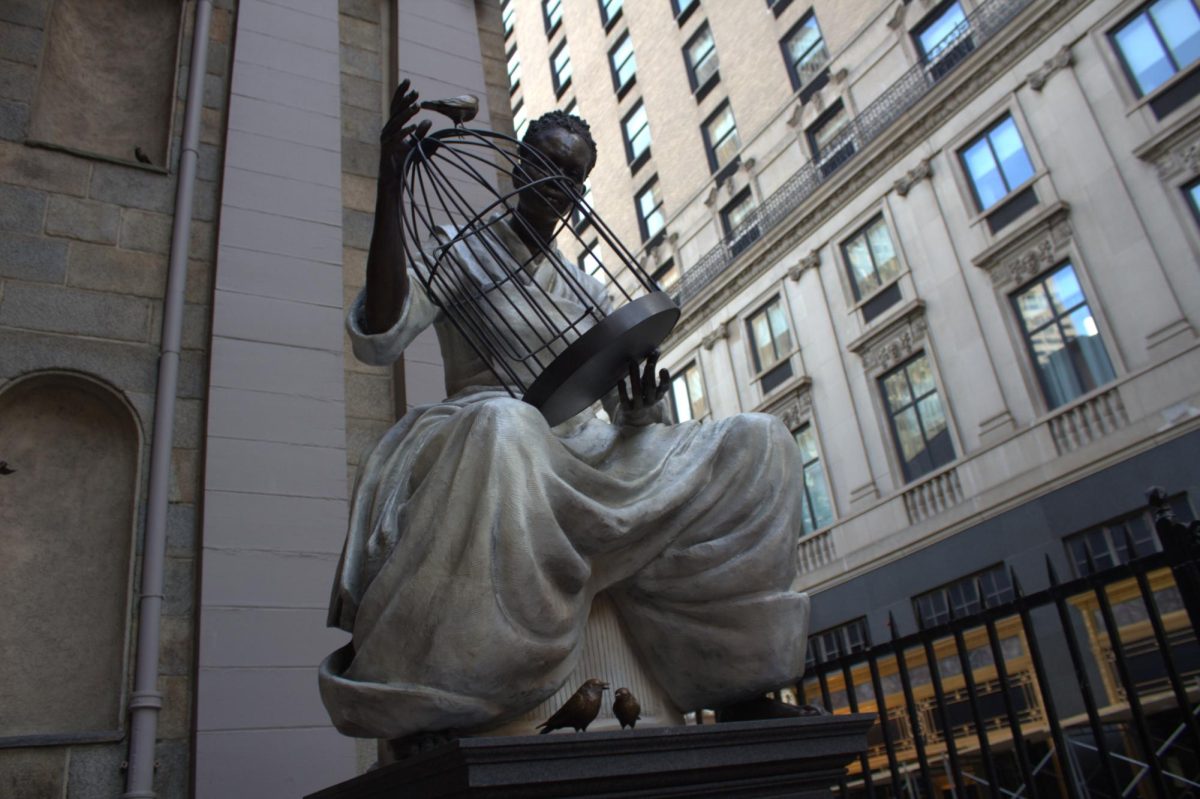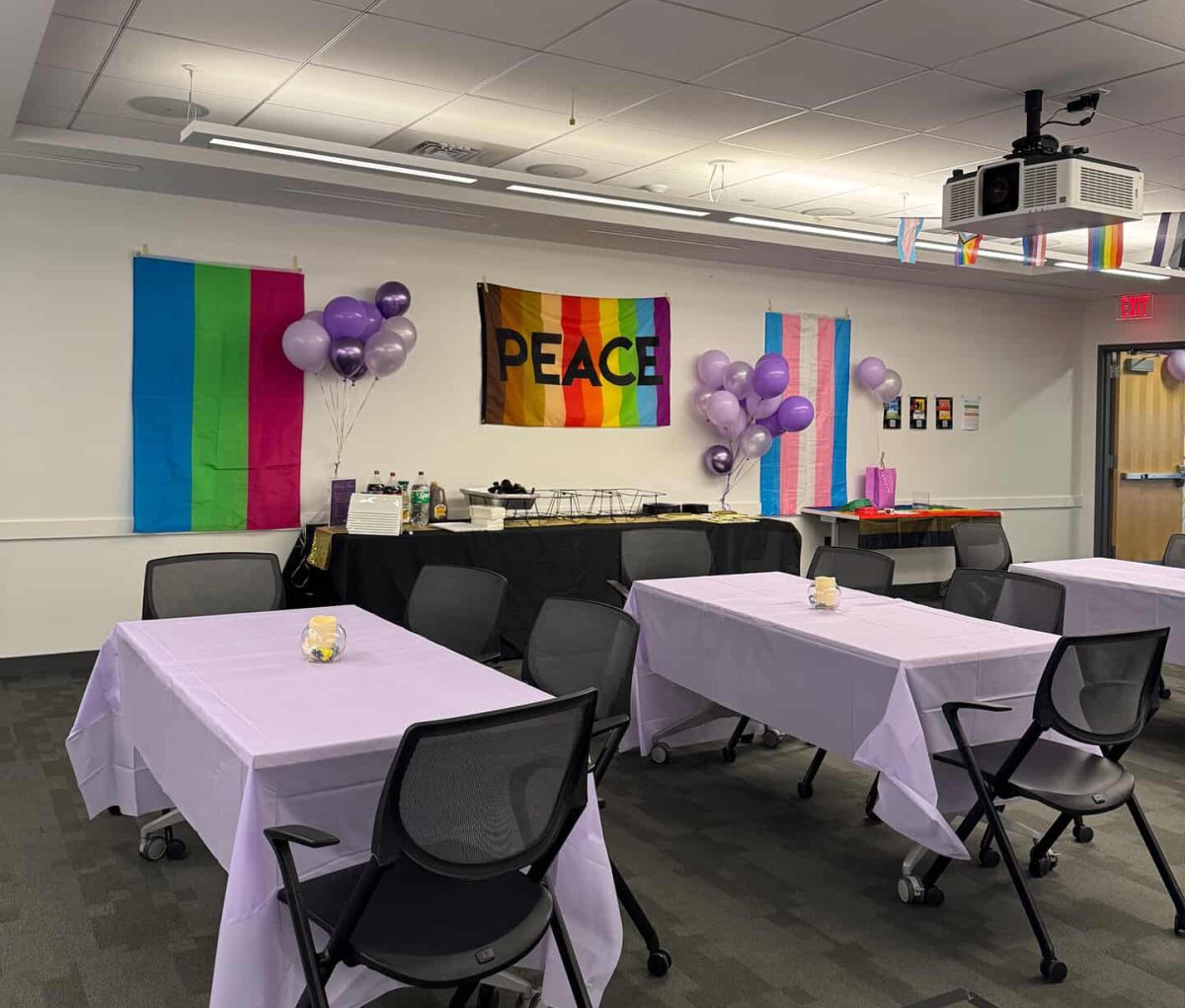Christina Wolbrecht, author of “A Century of Votes for Women,” spoke at the Boston Athenaeum on Thursday to discuss the idea of the women voter since the ratification of the 19th Amendment.
“When my grandmother was born, the presumption was that women lacked the skills and it was inappropriate for women to vote. And in some ways I think the question of the centennial should be, ‘why has it only been a hundred years?’” said Wolbrecht.
Wolbrecht explained that women voters have always been studied and tried to be better understood by politicians. She asked the question, “what will women do?” The perception on how women vote has changed over the last 100 years, with the author recognizing that women voters are a diverse and complex.
According to scholars, suffrage was originally a failure due to low turnout, as Wolbrecht said that only about 30% of voters were women in the 1920 presidential election. However, this was largely because of voting barriers such as poll taxes, literacy tests and missed deadlines that pervaded all voters. The remnants of these barriers are still felt today in reduced voting hours and voter ID requirements. Wolbrecht stated that the capacity to overcome these barriers explains how likely people will turnout on election day. People are less likely to go to the ballot box when there are obstacles in their way.
“This data reminds us that in the United States, we have the right to vote. But the obligation rests almost entirely on the individual. You’ve got to register yourself. You’ve got to get to a polling place. You’ve got to know when to vote,” said Wolbrecht.
For many women Wolbrecht explained, the feasibility of voting and overcoming obstacles to make it to the ballot box depended on which state women were living in. States such as Massachusetts and Connecticut had a low woman voter turnout of 25%, where states such as Missouri and Kentucky saw more than half of women using their right to vote.
This disparity, Wolbrecht said, was due to barriers and how contested the 1920 election was. In Missouri and Ketucky, the election was competitive, with the presidential election being decided by 0.5% of the vote. In Massachusetts and Connecticut, the elections were not as competitive, and saw a smaller turnout. There, Wolbrecht said people of color and poor whites couldn’t afford to pay two poll taxes, so they couldn’t all vote. “There are lots of differences between women that dramatically outpace any difference between women and men in general,” said Wolbrecht.
Freddie Kay, founder and president of Suffrage100MA, a nonprofit dedicated to commemorating the adoption of the 19th Amendment, reflected after the talk about Massachusetts women fighting for the right to vote. Kay recalled that a women’s right to vote was on the state’s ballot in 1915 and the effort to have the question pass, despite it being defeated a month later.
“If you think about the [Women’s] March in 2017 with 175,000 people, in 1915 there was a parade in Back Bay and the spectators numbered 500,000 people for a parade in Boston with 15,000 marchers,” said Kay. Despite the rocky start to women casting their ballots, Wolbrecht said that since 1980, women have been more likely to vote
In the 2016 election, when there was expected to be a large gender gap where more women were expected to vote, the percentage of women voters stayed consistent with previous years. Compared to when women first got the right to vote, women generally vote more than men.
“For the most unusual presidential election, certainly in modern times, when people actually showed up on election day, the patterns were pretty consistent,” said Wolbrecht. She explained that 90% of women who identified as Republican voted for the Republican nominee, and 90% of women who were Democrats voted for the Democratic nominee.
“I was surprised that so many women voted for Donald Trump in 2016. I’m surprised that there wasn’t a bigger gender gap,” said Leslie Meyer-Leon, an audience member.
From the 2012 election to the 2016 election, there was not much change in how white women voted, despite President Trump’s remarks toward women, Wolbrecht said.
Wolbrecht said that white women are more likely to vote Republican if they are non-college educated. From 2012 to 2016 the number of these non-college educated white women voting Republican dramatically increased, reversing the typical gender gap with males in voting seen throughout history in elections. For college educated white women, the amount voting Republican dropped between the two elections.
On the other hand, Wolbrecht explained again that the biggest differences voting-wise were between different races of women. Black women are more likely to vote than white men and women, which indicates significant changes since the early 1900s during Jim Crow and southern disenfranchisement.
“I think there’s a lot of things that have changed but there’s still a lot of women who still make less money than men and there’s still women in many situations who are still underserved populations,” said Melissa Manolis, an audience member and program director at Beth Israel Deaconess Medical Center.
As the 2020 election approaches, Wolbrecht reminded the audience that women are as likely to win elections as men are.
“Research since has shown that when women run they are equally likely to win, but it seems to be because they are dramatically overqualified. The women who run have more qualifications, more experience, so in some ways it might be a little depressing that they’re equally likely,” said Wolbrecht.



